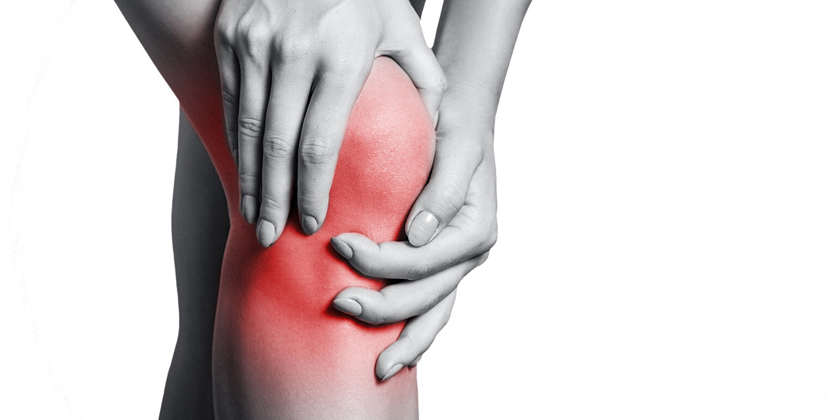The Ultimate Guide to Pain Management: Causes, Relief, and Recovery
What Is Pain Management?
Pain management involves utilizing medical treatments, lifestyle modifications, and alternative therapies to effectively control both chronic and acute pain conditions. This comprehensive approach aims to enhance the quality of life for individuals while aiding recovery from pain associated with conditions such as arthritis and neuropathy. This guide details evidence-based strategies designed to enhance pain management practices.
Why Pain Management Matters
Over 50 million Americans experience pain, with 20% of them living with chronic pain, according to CDC statistics. Through five years of working with pain specialists as a health writer, I’ve observed that individualized pain management approaches are highly effective in reducing suffering and improving patients’ daily functioning. Effective pain relief and recovery empower people to restore control over their lives and enhance their overall health.
Common Causes of Pain
Acute Pain Acute pain manifests suddenly and lasts for a brief period, typically related to surgical procedures or physical injuries, according to the Mayo Clinic.
- Causes of Acute Pain:
- Injuries: Fractures, cuts, or burns.
- Surgery: Post-operative pain resulting from tissue trauma.
- Infections: Localized pain from abscesses or inflammation.
- Causes of Acute Pain:
Chronic Pain Chronic pain endures for months and is typically connected to underlying health conditions, according to the Cleveland Clinic.
- Causes of Chronic Pain:
- Arthritis: Joint inflammation, such as osteoarthritis.
- Neuropathy: Neuropathy pain results from nerve damage, which frequently occurs in diabetic patients.
- Fibromyalgia: Widespread musculoskeletal pain.
- Causes of Chronic Pain:
Neuropathic Pain Nerve damage leads to neuropathy pain, affecting between 7% and 10% of the adult population, according to NINDS Neuropathy statistics.
- Causes of Neuropathic Pain:
- Diabetes: High blood sugar damages nerves.
- Chemotherapy: Certain medications can harm peripheral nerves.
- Infections: Conditions like shingles or HIV may trigger nerve pain.
- Causes of Neuropathic Pain:
Symptoms of Pain
Symptoms vary by type but may include:
- Acute Pain: Sharp, localized discomfort.
- Chronic Pain: Persistent aching or throbbing.
- Neuropathy Pain: Burning, tingling, or numbness (Mayo Clinic).
- Emotional Impact: Anxiety or depression resulting from prolonged pain.
Effective Pain Management Strategies
Medical Treatments Seek personalized pain treatment by consulting a pain management specialist.
- Medications: The Cleveland Clinic recommends NSAIDs (non-steroidal anti-inflammatory drugs) to treat acute pain, while gabapentin is suggested for neuropathy pain.
- Injections: Corticosteroid injections can provide joint pain relief, and nerve blocks are used for managing chronic pain.
- Surgery: Severe cases may require surgical intervention, such as herniated disc repair, as practiced at Johns Hopkins.
Lifestyle Changes for Pain Recovery Support pain recovery with daily habits:
- Exercise: According to Harvard Health, swimming represents a low-impact exercise that minimizes joint stress while enhancing mobility.
- Diet: Consuming anti-inflammatory foods like berries and fatty fish helps to alleviate chronic pain.
- Sleep: Getting 7–8 hours of quality sleep each night aids the body’s healing process and lowers sensitivity to pain.
- Stress Management: The Mayo Clinic states that practicing mindfulness or yoga helps reduce pain-related tension.
Alternative Therapies Complementary approaches can enhance pain management:
- Physical Therapy: Physical therapy builds stronger muscles, which enhances functional ability for those living with chronic pain.
- Acupuncture: May reduce neuropathy pain, according to studies (NCCIH).
- Massage: Eases muscle tension and promotes relaxation.
- Cognitive Behavioral Therapy (CBT): Helps manage pain-related emotional distress and develop coping mechanisms.
FAQs About Pain Management
- What causes chronic pain? Conditions such as arthritis, neuropathy, and fibromyalgia can lead to chronic pain, according to the Cleveland Clinic.
- How can I manage neuropathy pain naturally? Physical activity combined with B vitamin nutrition and acupuncture treatments can be beneficial, but medical consultation is recommended (Harvard Health).
- When should I seek medical help for pain? You should seek medical evaluation for pain that continues without relief, becomes increasingly severe, or is debilitating (Mayo Clinic).
- Are alternative therapies effective for pain relief? NCCIH research indicates that acupuncture and physical therapy offer potential pain relief benefits, but individual patient outcomes may differ.
Conclusion: Mastering Pain Management for Recovery
Effective pain management is crucial for achieving the best quality of life, whether dealing with chronic, acute, or neuropathic pain. By understanding the causes of pain, researching both medical and natural pain relief methods, and focusing on pain recovery, you can gain greater control over your situation. My collaboration with pain specialists underscores that personalized strategies are essential for achieving sustainable pain management outcomes. Take the first step towards improved pain management now.



